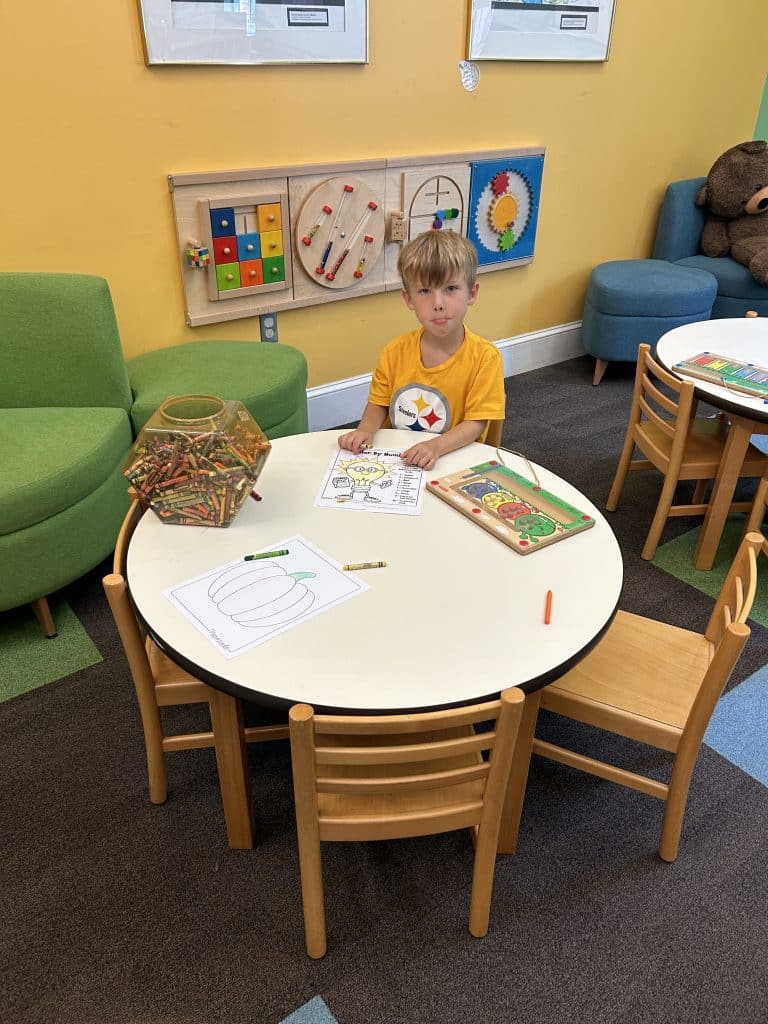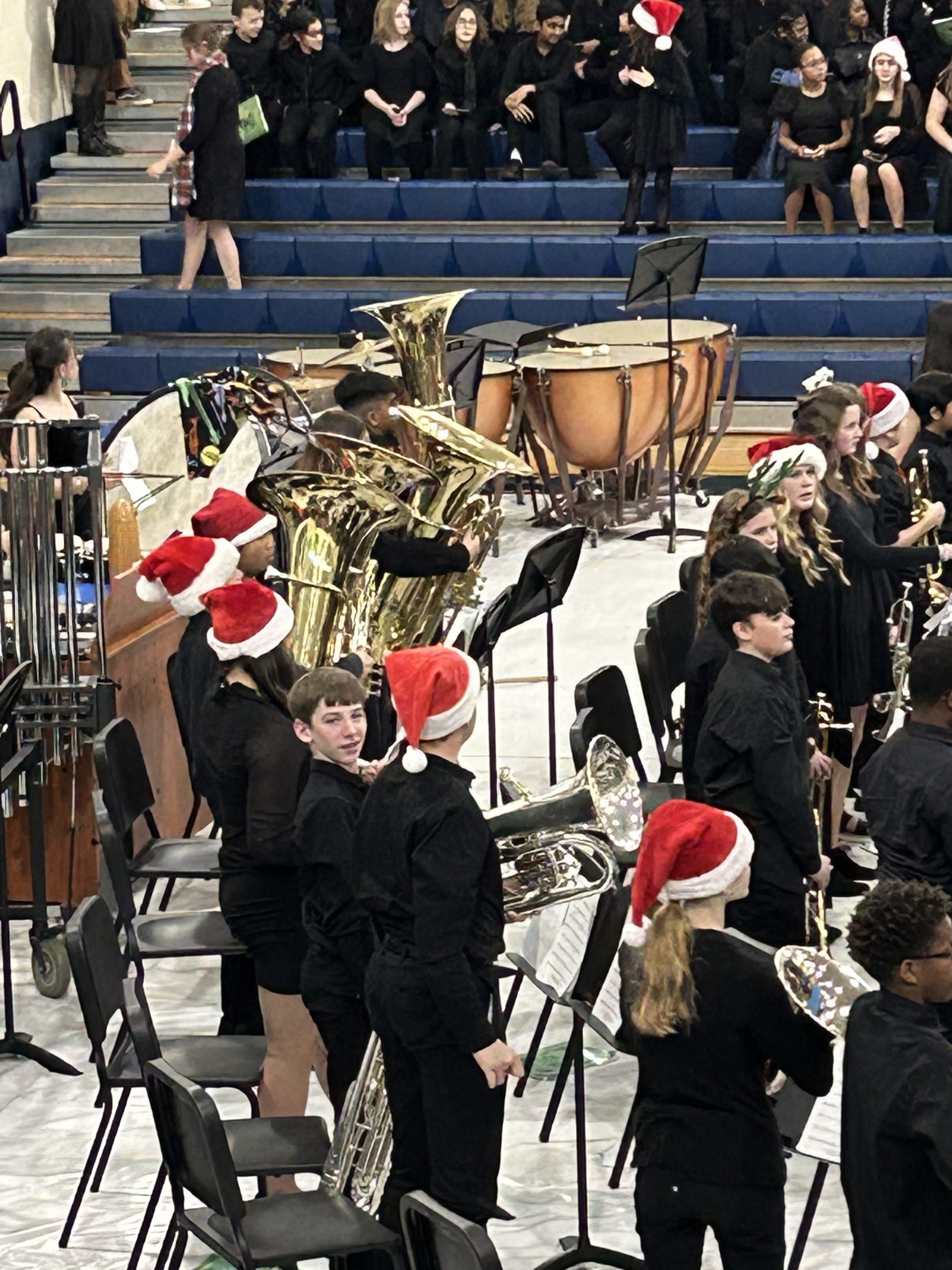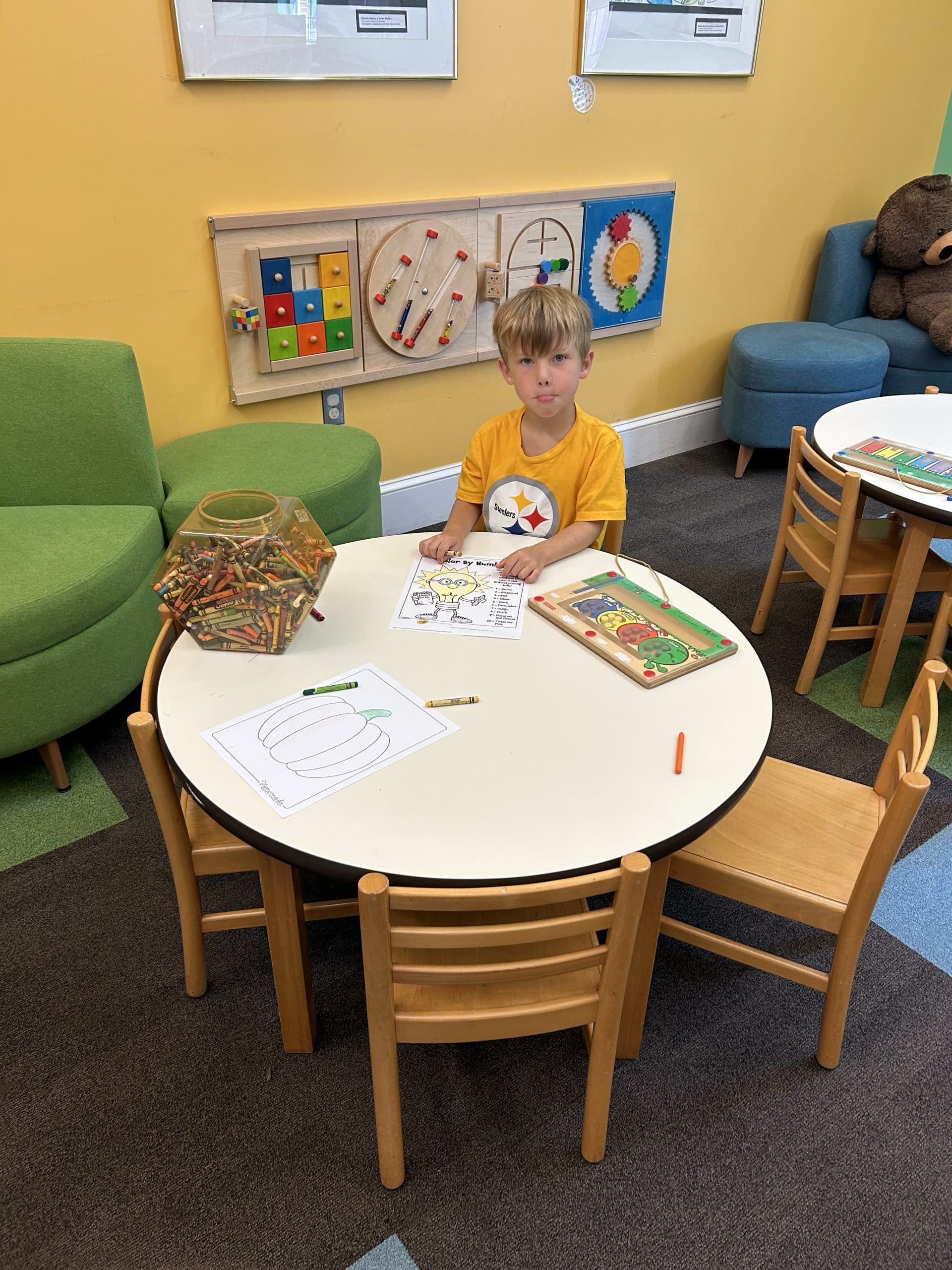Anchors provide students with a means to complete an assignment. Anchors give students strategies for reading and writing. It helps structure their writing effectively. They support instruction. A chart from a lesson displays important information, strategies, and content relevant to a student’s referral. Placing the anchor chart in the classroom, students can refer to it as they write.
Anchor Types
Anchor charts help students become more independent by supporting classroom lessons. Most are temporary and are removed when a new unit begins. Charts serve as visual guides created from the context of a single lesson or a series of classes. They are displayed for students.
There are many classroom procedures students use to remember how to complete an assignment. Anchor charts help students with procedures. Students may need to remember how to use a machine or to log onto a particular website. Charts also help students with strategies to apply while working through an assignment. Students may need to remember how to decode an unknown word. Lastly, charts help students reinforce new vocabulary to use when reading and writing.
Chart Making Made Easy
Charts can be store-bought or hand-made. Hand-made charts are best for conveying the concept being taught.
- Create an outline of concepts and establish a structure (a box or frame) for the key concepts.
- Title with a heading that has a clear purpose.
- Involve students in the process of creating ideas for the strategies or content on the chart.
- Finish the chart with graphics, symbols, and visuals that students will remember.
- Utilize bullets, numbers, lines, and arrows.
Anchors for Free Time
Some students always finish classroom assignments before others. Creating short anchors for students’ assignments helps pass the time when students finish early. They are used at the beginning of class or while waiting for help with an assignment.
Anchor activities are different than the anchors in a lesson. Students can choose a topic that interests them. They receive feedback but are not graded, nor is it busy work. They fill in a needed gap for engaging students in learning. Design anchor lessons to build skills, cater to individual interests, allow for silent reading of a short story, or work on an independent study.
Successful anchors depend on how they are introduced to students. First, let students know how to use the anchors and when they can use the anchor activities. Next, start small and add more when students are comfortable. Lastly, create a space for the anchor where it is visible to all. If it is an independent activity, students need an area to work and a place for completed work.
When anchor charts are organized and easy to follow, they become a reminder for students even after a new lesson begins.



